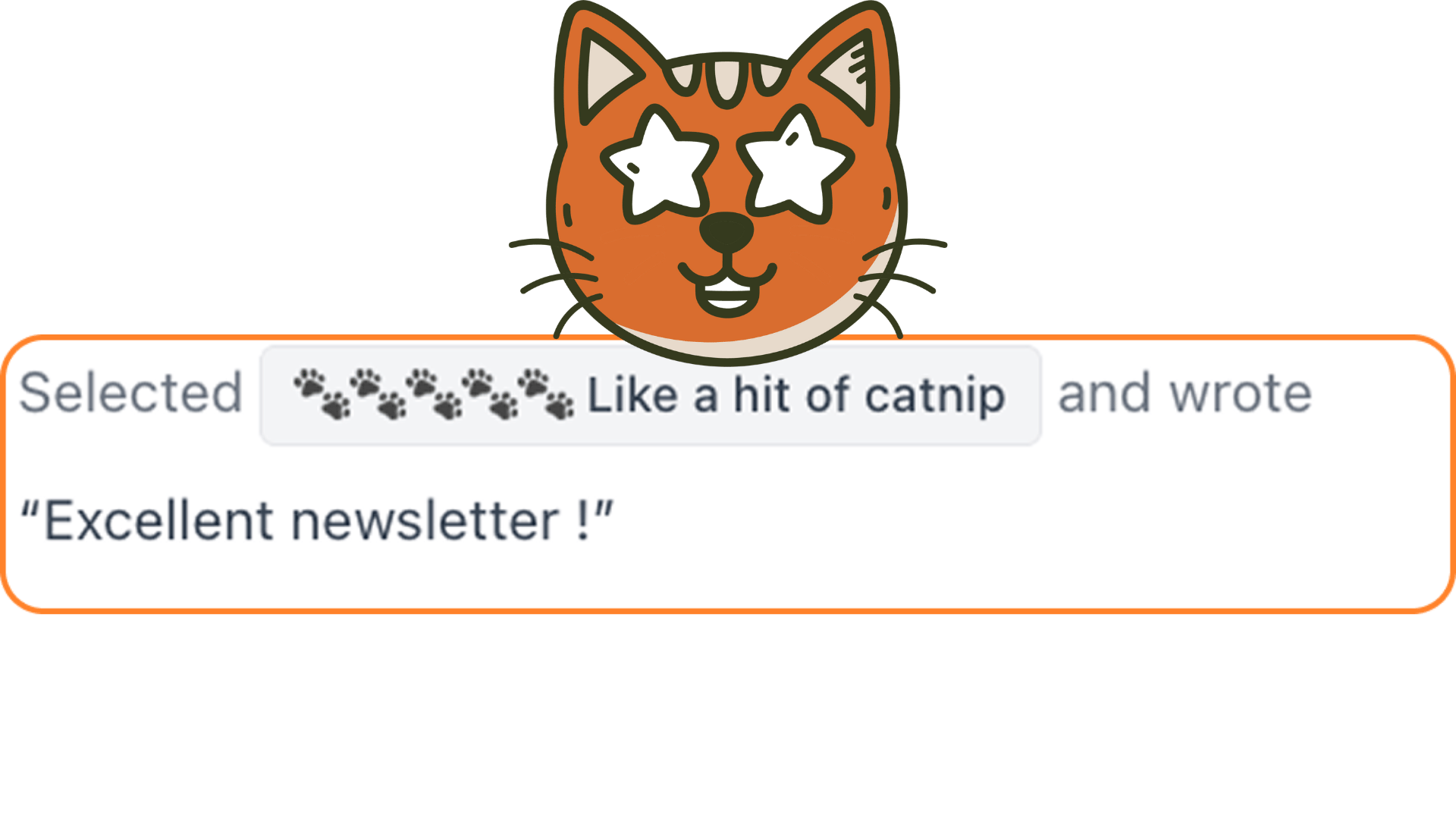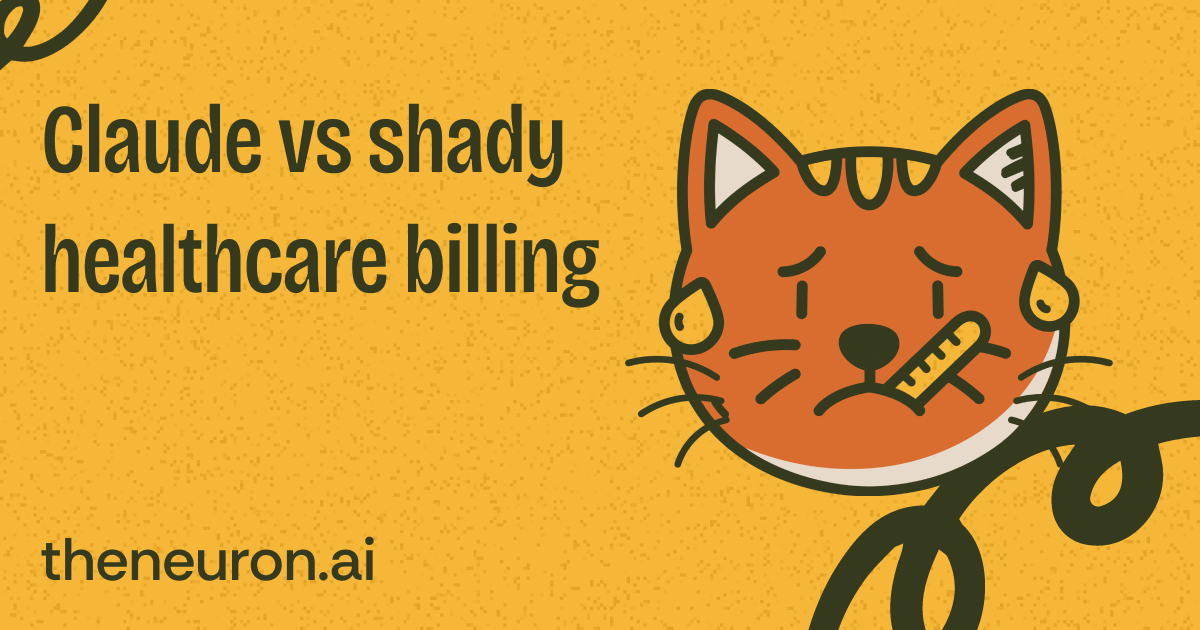Happy Halloween, humans!
Here’s a spooky thought for you on this Halloween: we often talk about the AI bubble as if the AI industry is this scary monstrosity that threatens to take the rest of the economy with it at a moment’s notice (read our massive deep dive on the bull and bear case for / against the AI bubble here). But what if the problem is actually everything else?
Hear me out… If you compare the current datacenter boom to the telecom bust of 2001, there are two simple metrics that show the difference: usage and ROIC (return on invested capital).
As Gavin Baker explains in this chat, the telecom bubble in the 90s was because of “dark fiber”, or fiber that got laid down in anticipation of the internet boom without enough servers connecting it (so the little blinking fiber optic lights didn’t turn on).
Now compare the rush to lay down fiber vs the rush to buy and deploy GPUs (NVIDIA’s fancy AI chips), and to quote Gavin Baker, “there are no dark GPUs.” And that’s because we’re using pretty much all the GPUs we can deploy.

As for the ROIC of the companies deploying these GPUs? Gavin says if you look at the hyperscalers (Microsoft, Google, Meta), they’re all getting a nice chunk of return on their capital invested in said datacenters. See these 16 charts for more on this.
So maybe we have this whole AI bubble backwards; in actuality, it's the REST of the economy (not AI) we need to be worried about. Which is scary for other reasons…
Okay, congrats, you made it through our rant… now here’s AI footage of what happens when a bear meets a sketch Halloween decoration…
Here’s what happened in AI today:
- OpenAI announced plans to build fully automated AI researchers by 2028.
- Meta is spending $70-72B on AI infrastructure in 2025, a 93% jump from 2024.
- Universal Music settled with Udio and will launch an AI remix subscription.
- Google launched a new AI for Math program.

OpenAI's Plan: Fully Automated AI Researchers by 2028
On Tuesday, OpenAI CEO Sam Altman hosted a livestream on how the company is tracking toward building an intern-level research assistant by September 2026 and a fully automated “legitimate AI researcher” by 2028 (video).
This means an AI that can autonomously handle entire research projects, not just answer questions or write code, but actually conduct original scientific research from start to finish.
Chief Scientist Jakub Pachocki joined Altman on the stream and described this future AI researcher as “a system capable of autonomously delivering on larger research projects.” An AI that can think through complex problems, run experiments, analyze results, and potentially make scientific discoveries without human hand-holding.

Here's how they plan to get there:
- Algorithmic innovation: Continuing to improve the underlying models and architectures.
- Scaling “test time compute”: Letting models spend way more time thinking through problems. We're talking potentially dedicating entire data centers' worth of computing power to solve a single major scientific breakthrough.
- Extending time horizons: Current models handle tasks with about a five-hour thinking window. OpenAI wants to push this dramatically further for complex research problems.
Let’s talk about the timing. This news came the same day OpenAI finalized its transition to a public benefit corporation, The new structure splits things up: a non-profit OpenAI Foundation will own 26% of the for-profit arm and govern research direction, plus it has a $25B commitment to use AI for curing diseases.
Meanwhile, the for-profit side can now raise the massive capital needed to actually build this stuff. Altman mentioned OpenAI has committed to 30 gigawatts of infrastructure buildout—a $1.4 trillion financial obligation—over the next few years.
Why this matters: If OpenAI hits these milestones, we're not just talking about better chatbots or Sora 2 memes. We're talking about AI that could potentially make scientific discoveries faster than humans, tackle problems beyond current human capabilities, and dramatically speed up breakthroughs in medicine, physics, and technology. And maybe, just maybe, an AI I can rely on to finish a single task end to end. Any day now!
Pachocki also said deep learning systems could be “less than a decade away from superintelligence“, which would be a single system smarter than humans across a large number of critical actions. What, like it’s hard??

FROM OUR PARTNERS
Most Enterprise AI Apps Fail. Here’s What Works.

Most AI apps never make it past the prototype phase because of compliance gaps, security issues, and weak infrastructure. This guide outlines how successful teams move quickly from idea to launch.
WorkOS gives you the APIs and enterprise features like SSO, SCIM, RBAC, and Audit Logs so your team can go from prototype to production fast.

Prompt Tip of the Day
A software engineer on Reddit just shared his system for getting Claude Code to rewrite 300k lines of code in 6 months… solo. And while most of us aren't coding at that scale, his core strategies work for ANY Claude task.
The Three Non-Negotiables:
1. Plan Everything First Stop asking Claude to “just build it“ without a plan. The post author uses Claude's planning mode for EVERY feature, even small ones. Think of it like hiring a contractor—you wouldn't let them start building your bathroom addition without blueprints, right?
2. Create Your Own “Dev Docs“ Here's the game-changer: For any large task, create three simple files:
- A plan document (what you're building).
- A context document (key decisions and relevant files).
- A tasks checklist (what's done, what's next).
Update these as you go. Why? Because Claude has “extreme amnesia“ and loses track easily. These docs keep it on rails, even through context resets.
3. Make Claude Review Its Own Work Before moving forward, have Claude review what it just created. The author says this “saved me a lot of headaches catching critical errors, missing implementations, inconsistent code, and security flaws.“
Our favorite insight: When results are bad, don't just blame the AI; check your prompt (your “docs”). The author admits his worst outputs happen “towards the end of the day where I'm getting lazy and not putting that much effort into my prompts.“ Hit double-ESC to pull up previous prompts and try again with better wording. You'd be amazed how often you get way better results the second time. Still not working? Now blame AI.
TL;DR: Give Claude clear plans, keep documentation updated, and have it double-check its work. The extra structure pays off in way better outputs1

Treats to Try
Introducing: Sora 2 Character Cameos
- OpenAI’s Sora app just launched character cameos (see above video) so you can re-use your cat, toys, imaginary characters, or whatever else you wanna cameo to create, as one youtube commenter put it, “brainrot as a service” lol.
- Harvey gives law firms AI tools for legal research and document work, now used by 400+ firms including A&O Shearman and KKR (raised $150M).
- Legora provides AI tools for legal research and document analysis to 400+ law firms across 40+ markets (raised $150M).
- Cursor 2.0 runs up to eight coding agents simultaneously on one prompt (each in isolated environments), plus adds voice control and team-wide custom commands managed from a central dashboard.
- Cognition (maker of Windsurf) launched SWE-1.5, a new fast coding agent for exploring large codebases, building full-stack apps, and completing coding tasks 13x faster than other coding assistants.
- CodeBanana gives you Google Docs-style real-time collaborative coding with project-aware AI, cloud VMs for each user, and integrated git/terminal—so your whole team (even non-technical members) can ship software together.
- Spiral interviews you, asking targeted questions to clarify your thinking, then drafts emails and content in multiple angles while matching your style and grounding everything in your actual files.
- Okay, one last note on Sora chars… I know we’re a cat-forward outlet here, but this puppy school bus might be the most precious video I’ve EVER seen…

Around the Horn

This is some sci-fi stuff y’all!
- Universal Music settled with AI music generator Udio and will launch a subscription service next year where fans can create remixes and customized tracks using licensed songs (artists must opt in, and generated songs stay within Udio's platform).
- Meta's spending $70-72B on AI infrastructure in 2025—a 93% jump from 2024—which will compress its free cash flow from $54B to around $20B as it bets big on outbuilding competitors.
- Figma acquired AI media generation startup Weavy for an undisclosed amount and will rebrand it as Figma Weave, bringing 20 people and multi-model image/video generation tools into its platform.
- Fed Chair Jerome Powell said the AI boom is different from the dotcom bubble because today's highly valued AI companies actually have earnings and are driving real economic growth through infrastructure investments.
- Google DeepMind launched the AI for Math Initiative with five top research institutions (Imperial College London, Institute for Advanced Study, IHES, Simons Institute, and TIFR) to accelerate mathematical discovery using AI tools like Gemini Deep Think and AlphaProof.

FROM OUR PARTNERS
Ideas move fast; typing slows them down.

Wispr Flow flips the script by turning your speech into clean, final-draft writing across email, Slack, and docs. It matches your tone, handles punctuation and lists, and adapts to how you work on Mac, Windows, and iPhone. No start-stop fixing, no reformatting, just thought-to-text that keeps pace with you. When writing stops being a bottleneck, work flows.
Give your hands a break ➜ start flowing for free today.

Intelligent Insights
- This wild NYT experiment shows just how deep AI has burrowed into modern life—the author couldn't use electricity (the grid uses ML to predict demand), running water (NYC's reservoir system uses 1,600+ sensors with ML), or even take out the garbage (sanitation uses AI robots and route optimization), and had to resort to foraging weeds in Central Park and paying with tiny gold horses.
- Here's why doctors make surprisingly good AI evaluators: Sutter Health's chief AI officer points out that solving clinical problems mirrors developing technical solutions (hypothesis → testing → evaluation → monitoring), and physicians naturally scrutinize how technology fits into achieving broader outcomes like reducing mortality—plus, having actual patient interaction experience means you can anticipate how an AI tool will land in the exam room.
- A philosophy professor calls BS on the “AI for outlining is harmless” argument, as letting students outsource seemingly benign tasks like summarizing actually prevents them from developing the linguistic capacity that is thinking itself, and without practice, determining “what is being argued for and how,” young people won't be able to understand medical consent forms, evaluate arguments, or participate meaningfully in democracy.
- Nearly 80% of AI experts say responsible AI governance means asking “should we?” not just “can we?“ when it comes to humanlike agents; see, people already form deep emotional attachments to chatbots (with deadly consequences in extreme cases), and commercial incentives around engagement are pushing developers to make AI even more humanlike, so organizations should justify anthropomorphic features with functional need and test behavioral effects before launch.

A Cat’s Commentary



.jpg)

.jpg)







.jpg)

